Unleashing Creativity: Delving into the World of 3D Art Software
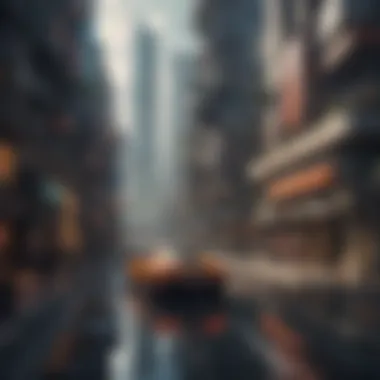
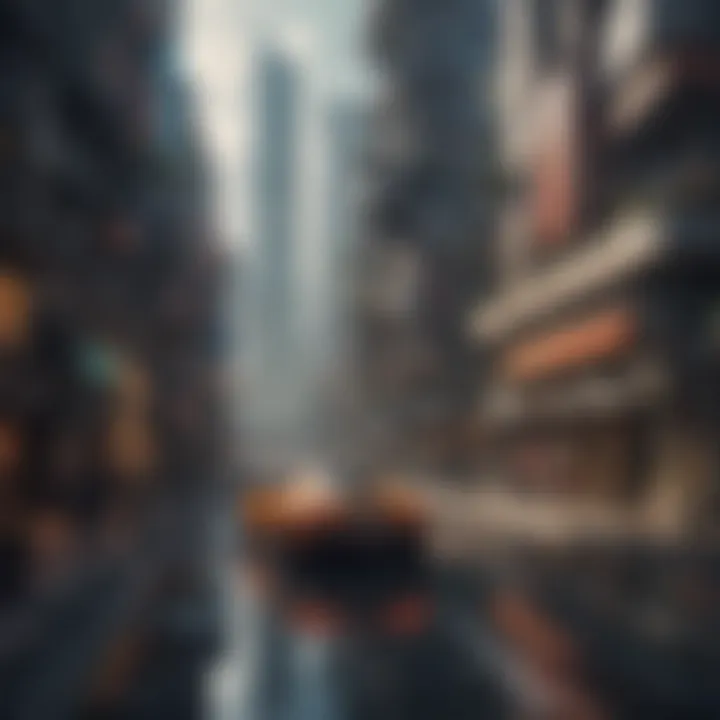
Overview of 3D Art Software Usage in Film, Television, Games, and Comics
The realm of 3D art software has revolutionized the creative processes across various media forms. In film and television, 3D art software is instrumental in creating stunning visual effects and immersive environments that captivate audiences worldwide. Games leverage 3D art software to craft intricate game worlds, dynamic characters, and engaging gameplay experiences, setting new standards for interactive entertainment. Moreover, comic book artists utilize 3D art software to elevate their storytelling with detailed artwork and innovative visual perspectives, pushing the boundaries of graphic narratives. The versatility and power of 3D art software have reshaped the landscape of creativity, offering infinite possibilities for artists to explore and express their visions with unrivaled precision and depth.
Latest Developments and Innovations
As technology evolves, the world of 3D art software continues to evolve with it. Recent advancements in rendering engines, modeling tools, and animation techniques have elevated the capabilities of 3D art software to new heights. Innovations such as real-time rendering, AI-driven design tools, and virtual reality integration are reshaping how artists approach sculpting, modeling, and texturing within the digital realm. These cutting-edge developments are not only pushing the boundaries of artistic expression but also democratizing the creative process, making sophisticated tools more accessible to aspiring artists and seasoned professionals alike.
Trends and Impact on Creative Industries
The evolving landscape of 3D art software is significantly influencing creative industries across the board. From the resurgence of 3D animation in cinema to the widespread adoption of virtual production techniques, the impact of 3D art software is undeniable. The seamless integration of 3D assets into live-action footage, the rise of procedural generation in game design, and the convergence of traditional and digital art forms are redefining storytelling and visual aesthetics in modern media. This trend towards digital convergence underscores the growing importance of 3D art software as a central pillar of contemporary creative processes, enabling artists to push boundaries, defy conventions, and unleash their full creative potential in a rapidly evolving digital landscape.
Introduction to 3D Art Software
In the vast realm of digital creativity, an essential cornerstone lies in the profound capabilities of 3D art software. This article embarks on a journey to unveil the pivotal role played by Introduction to 3D Art Software. Through its intricacies and functionalities, 3D art software serves as a catalyst for artists to transcend traditional artistic boundaries and delve into the realm of three-dimensional artistry. Its significance lies in empowering creators to sculpt, design, and animate with unparalleled precision and depth. By exploring the various features and considerations surrounding Introduction to 3D Art Software, we illuminate the path for aspiring digital artists to unleash their creativity with finesse.
Evolution of Digital Artistry
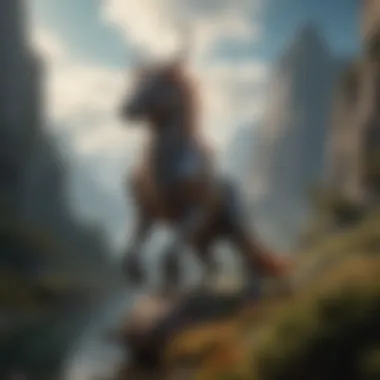
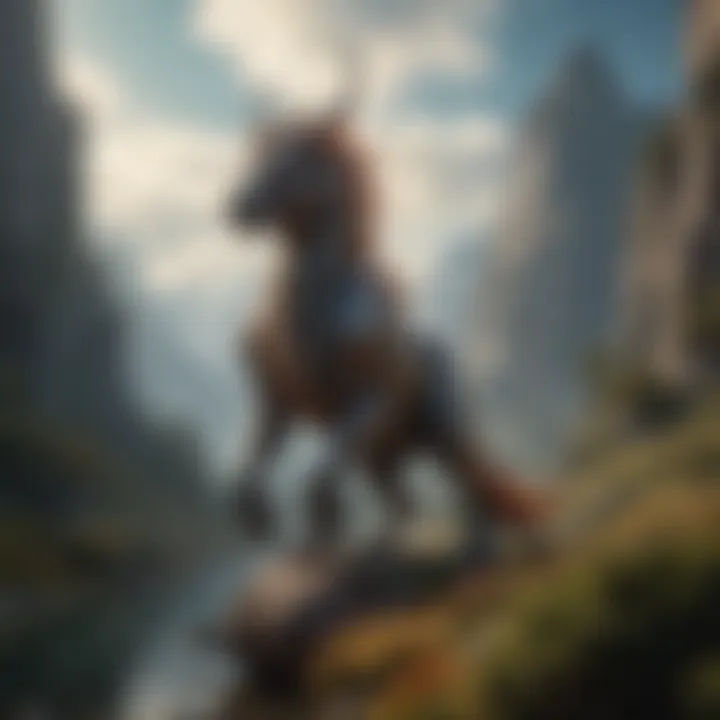
From Pixels to Polygons
Delving into the evolution of digital artistry, the transition from pixels to polygons marks a pivotal juncture. Pixels, once the building blocks of simplistic graphics, have given way to polygons, enabling intricately detailed models in three-dimensional space. The shift to polygons revolutionized the digital art landscape by offering artists a canvas brimming with depth and realism. This transition enhances the overall visual quality and allows for more nuanced artistic expression. Embracing polygons as a cornerstone of digital artistry not only elevates the aesthetics but also streamlines the creative process, fostering innovation and boundless artistic exploration. Despite its complexities, the allure of polygons lies in their ability to unlock a new dimension of artistic possibilities, making them a quintessential choice for contemporary digital artists.
The Rise of 3D Modeling
Exploring the ascension of 3D modeling unveils its instrumental role in shaping virtual realities. Through the process of molding digital landscapes and objects, artists breathe life into imaginative visions, blurring the lines between reality and fantasy. The essence of 3D modeling lies in its capacity to transform abstract concepts into tangible creations, allowing creators to sculpt worlds limited only by their imagination. The allure of 3D modeling lies in its versatility, enabling artists to craft intricate details and dynamic compositions with unprecedented realism. While presenting a multitude of advantages, such as enhanced visual fidelity and creative flexibility, 3D modeling also poses challenges like technical intricacies and resource-intensive requirements. Nonetheless, leveraging the power of 3D modeling revolutionizes digital artistry, fueling a renaissance of creativity and innovation in the artistic landscape.
Exploring Creative Tools
In the vast landscape of digital creativity, exploring creative tools stands as a pivotal aspect that fuels innovation and craftsmanship. The utilization of advanced software opens doors to a realm where artists can transcend traditional boundaries and breathe life into their visions with unparalleled precision and intricacy. With a plethora of tools at their disposal, artists can sculpt, animate, and manipulate digital elements with finesse, pushing the boundaries of artistry to new heights. By delving deep into the world of creative tools, artists can unlock their full potential and unleash a wave of creativity that knows no bounds.
Sculpting Software Solutions
Digital Clay and Virtual Sculpting
Delving into the realm of digital clay and virtual sculpting unveils a revolutionary approach to artistic expression. This unique facet allows artists to mold and shape virtual objects with the fluidity and precision akin to traditional sculpting. The essence of digital clay lies in its ability to provide a tactile experience, offering artists the tactile feedback needed to breathe life into their creations with utmost accuracy and detail. By seamlessly blending technology with artistry, digital clay and virtual sculpting empower artists to channel their creative energies in ways previously unimaginable. While the advantages of digital sculpting are plenty, a potential drawback lies in the initial learning curve required to master these intricate tools. However, the benefits outweigh the challenges, as digital clay opens a gateway to a world where imagination knows no bounds.
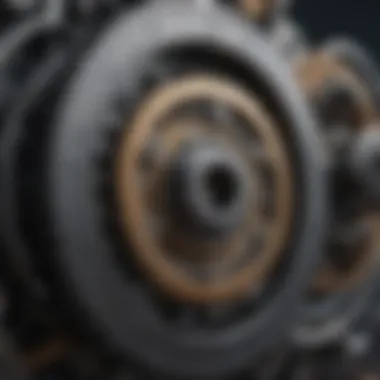

Texturing Techniques
Adding Depth and Realism
Texturing techniques play a vital role in enhancing the visual appeal and realism of digital creations. By adding depth and intricacy to surfaces, artists can breathe life into their designs, making them more immersive and captivating. The key characteristic of texturing lies in its ability to add layers of detail that mimic real-world textures, adding depth and dimension to virtual objects. This characteristic makes texturing a popular choice among artists looking to elevate their creations to new heights. However, navigating the nuances of texturing techniques can be demanding, requiring a keen eye for detail and a thorough understanding of visual aesthetics. Despite the challenges, the unique feature of texturing lies in its transformative power, turning ordinary models into extraordinary works of art that captivate the senses and stir emotions.
Enhancing Visual Realism
Enhancing visual realism holds a paramount position in this article, showcasing the integral role it plays in elevating the quality and authenticity of 3D art creations. By focusing on enhancing visual realism, artists can imbue their models with lifelike details, compelling textures, and immersive atmospheres that draw viewers into the digital worlds they create. Through meticulous attention to lighting, texturing, and rendering techniques, visual realism aims to bridge the gap between fantasy and reality, fostering a deep sense of engagement and believability.
Lighting and Rendering
In the realm of 3D art software, lighting and rendering stand as pillars of visual enhancement, breathing life into static models and transforming them into dynamic, captivating scenes. Lighting serves as the brushstroke that highlights focal points, sets moods, and adds depth to the composition, enhancing the overall visual impact. Similarly, rendering acts as the canvas that translates digital information into realistic images, encompassing aspects like shadows, reflections, and ambient occlusion to achieve lifelike realism.
Bringing Models to Life
Illuminating the importance of 'Bringing models to life' underscores its pivotal role in infusing static 3D models with vitality and movement, enriching them with a sense of dynamism and energy. By meticulously crafting lighting setups and employing advanced rendering algorithms, artists can harness the power of illumination and shading to emulate real-world lighting scenarios, heightening the authenticity and visual appeal of their creations. The technique of 'Bringing models to life' enables artists to evoke emotions, convey narratives, and immerse viewers in interactive virtual experiences, transcending traditional static art forms.
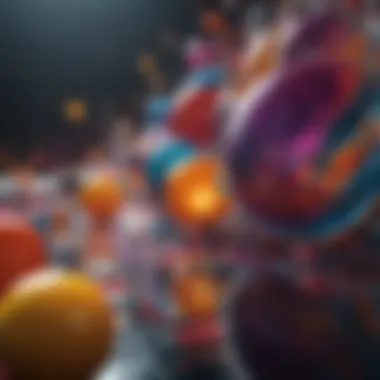
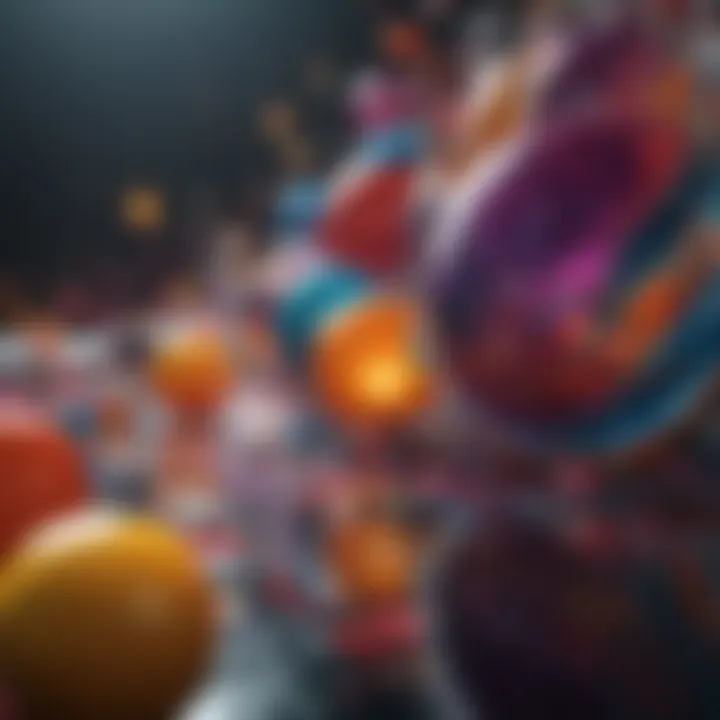
Animating Dynamic Worlds
'Dynamic worlds' come to fruition through the art of animating, breathing life into digital realms and adding layers of interactivity and storytelling. By animating dynamic worlds, artists can choreograph movements, simulate physical behaviors, and create mesmerizing visual sequences that captivate audiences and communicate complex ideas with clarity and impact. This approach not only enhances the visual allure of 3D art but also unlocks new dimensions of creativity, enabling artists to craft immersive and engaging narratives that resonate with viewers on a profound level.
Industry Applications
In the digital realm of creativity, the utilization of 3D art software plays a pivotal role in various industries, reshaping the way visuals are produced and experienced. The application of 3D art software in different sectors like gaming, animation, architecture, and virtual reality has revolutionized the creative process, enhancing visualization and bringing concepts to life with exceptional detail and realism. By incorporating 3D art software into their workflow, professionals across industries can streamline their production processes, create immersive experiences, and engage audiences in ways previously thought impossible.
Gaming and Virtual Reality
In the realm of gaming and virtual reality, the incorporation of 3D art software is fundamental to creating captivating and immersive environments that transport players into fantastical worlds. Immersive game environments crafted using 3D art software offer players a heightened sense of realism and interactivity, enabling them to feel fully immersed in the gaming experience. The key characteristic of immersive game environments lies in their ability to blur the lines between the digital realm and reality, providing gamers with a sensory-rich and engaging experience. This approach not only elevates the overall gaming experience but also sets new standards for visual storytelling and player engagement, making it a popular choice for developers looking to push the boundaries of creativity and user experience.
Films and Animation
In the realm of films and animation, Hollywood's digital stage has been transformed by the advancements in 3D art software. The integration of sophisticated tools and technology has revolutionized the way films are conceptualized, visualized, and brought to life on the silver screen. Hollywood's digital stage, powered by 3D art software, offers filmmakers and animators a versatile platform to create breathtaking visual effects, realistic character animations, and immersive virtual worlds. One key characteristic of Hollywood's digital stage is its ability to simulate real-world physics and dynamics, allowing creators to craft scenes and sequences with unparalleled sophistication and detail. Despite its advantages in creating stunning visual effects and realistic animations, there are considerations for costs and production timelines when implementing 3D art software in film and animation projects. Balancing the creative freedom offered by these tools with the practical constraints of budget and time remains a critical factor for artists and studios working in the industry.
Future Innovations
In the realm of digital creativity, the section on Future Innovations holds a pivotal role in shaping the landscape of 3D art software. It serves as a beacon of progression, pushing boundaries and ushering in new horizons for artists and creators. By delving into the upcoming trends and advancements, this section equips readers with insights into where the industry is headed and how they can stay ahead of the curve.
When we focus on AI Integration, we delve into a fascinating realm where technology merges seamlessly with artistic expression. One key aspect within this domain is the concept of Automating creative processes. This innovative approach revolutionizes how artists work by streamlining repetitive tasks and enhancing productivity. Its significance lies in freeing up artists' time to focus on the core of their creativity, rather than getting bogged down by tedious technicalities. The unique feature of Automating creative processes lies in its ability to learn and adapt to the artist's preferences, ultimately becoming a valuable assistant in the creative journey.
Turning our attention to Immersive Experiences, we uncover a realm where virtual worlds are not just created but redefined. This segment enriches the artistic process by offering new avenues for engagement and interaction. The crux of Immersive Experiences lies in their ability to transport users into meticulously crafted environments that transcend the boundaries of traditional art forms. By exploring Virtual worlds redefined, artists can tap into a reservoir of possibilities, immersing viewers in narratives and experiences like never before. The advantage of this approach is the depth of engagement it fosters, allowing artists to create rich, multi-dimensional worlds that captivate audiences and spark imagination.



